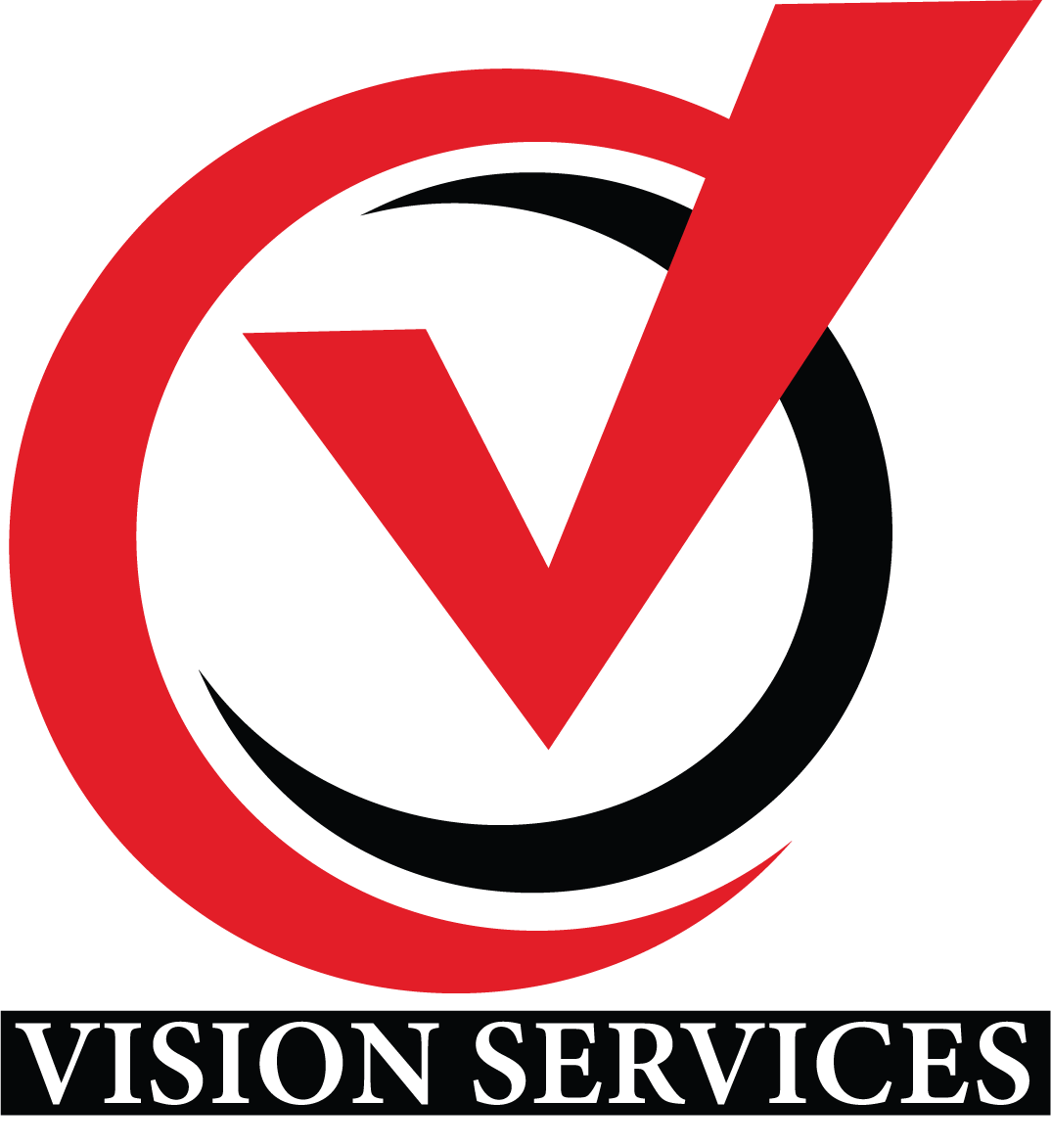Business growth relies heavily on having the right people in the right positions. An organization may have great ideas, a competitive product, and sufficient capital, but without a capable workforce, these resources cannot be utilized effectively. This is where staffing solutions play a vital role.
Staffing is not just about hiring employees; it’s about aligning the right talent with business goals to drive efficiency, innovation, and long-term success. Today, organizations across industries are realizing that strategic staffing solutions power growth by ensuring workforce flexibility, reducing hiring costs, and improving productivity.
What Are Staffing Solutions?
Staffing solutions refer to professional services and strategies designed to help businesses find, manage, and retain talent. Instead of going through lengthy recruitment cycles, organizations can partner with staffing agencies or implement structured internal processes to access a ready pool of skilled candidates.
Staffing solutions cover:
- Temporary Staffing – Hiring employees for short-term projects or seasonal demand.
- Permanent Staffing – Recruiting full-time employees for long-term roles.
- Contract Staffing – Flexible work agreements for project-based needs.
- Bulk Hiring – Mass recruitment for large-scale operations.
- Back Office Staffing – Support roles like payroll, HR, and administration.
These solutions are tailored to match organizational requirements, whether for short-term flexibility or long-term stability.
Why Staffing is Crucial for Growth
- Right Talent at the Right Time
Quick access to skilled professionals prevents delays in operations and ensures smooth project execution. - Operational Efficiency
With adequate staff, businesses can meet deadlines, scale operations, and maintain productivity without overburdening existing employees. - Cost-Effective Hiring
Staffing solutions reduce hiring overheads by minimizing recruitment costs, training expenses, and turnover risks. - Adaptability to Market Changes
Businesses can scale up or down depending on market demand with flexible staffing models. - Enhanced Employee Satisfaction
A well-staffed company reduces burnout, improving morale and long-term retention.
Challenges in Traditional Hiring
Despite the importance of recruitment, many businesses struggle with traditional hiring practices that hinder growth:
- Time-Consuming Processes – Lengthy recruitment cycles delay project kick-offs.
- Limited Talent Reach – Internal HR may not access large candidate pools.
- High Attrition Rates – Poor hiring decisions often result in employee turnover.
- Compliance Complexities – Payroll, labor laws, and statutory contributions increase administrative burden.
- Seasonal Pressure – Industries like retail, logistics, and hospitality face peak-time hiring challenges.
These limitations make staffing solutions an attractive choice for modern businesses.
How Staffing Solutions Power Growth
1. Workforce Flexibility
Staffing agencies provide access to temporary or contract workers during seasonal spikes. For instance, an e-commerce company during festive sales can quickly ramp up staff without long-term commitments.
2. Access to Specialized Talent
Staffing solutions help businesses hire niche professionals for IT, healthcare, engineering, or finance. This accelerates project completion with expert input.
3. Reduced Recruitment Costs
Instead of maintaining a large internal HR team, businesses can outsource hiring to staffing partners, saving costs on advertising, background checks, and training.
4. Faster Time-to-Hire
Pre-screened databases allow companies to fill positions quickly. This ensures projects don’t suffer due to staffing gaps.
5. Scalable Growth
As businesses expand, staffing solutions provide the flexibility to scale the workforce without overwhelming internal teams.
6. Improved Employee Productivity
By ensuring proper staffing levels, businesses prevent employee overload, leading to better performance and reduced burnout.
Case Study Example
Scenario: A fast-growing logistics company needed 800 employees within 3 months to support expansion across new cities.
Challenges:
- High volume hiring in limited time.
- Compliance with labor laws across regions.
- Shortage of trained manpower.
Solution:
The company partnered with a staffing agency that provided:
- Bulk recruitment drives across tier-2 cities.
- Temporary staffing during initial operations.
- Training and onboarding support.
Result:
All 800 employees were hired on time, compliance was ensured, and the company achieved its expansion goal without operational delays.
Types of Staffing Solutions for Growth
- Temporary Staffing
- Suitable for seasonal or project-based needs.
- Example: Retail businesses during festive seasons.
- Permanent Staffing
- Ideal for building long-term stability.
- Example: Hiring managers, engineers, or skilled professionals.
- Contract Staffing
- Offers flexibility for short to medium-term roles.
- Example: IT developers for a 6-month project.
- Remote/Virtual Staffing
- Gaining popularity in the digital era.
- Example: Virtual assistants, remote developers, online customer support.
- Executive Search
- Specialized recruitment for senior leadership positions.
- Example: Hiring CFOs, CTOs, or Directors.
Each staffing model plays a role in supporting growth depending on the company’s needs.
Future of Staffing Solutions
The staffing industry is evolving with new technologies and work models. Here are some trends shaping the future:
- AI-Powered Recruitment – Faster candidate matching and predictive hiring.
- Cloud-Based HR Platforms – Centralized data and seamless remote onboarding.
- Gig Economy Staffing – Rise of freelancers and project-based professionals.
- Diversity and Inclusion Hiring – More focus on diverse talent pools.
- Global Staffing Solutions – Cross-border hiring made easy with virtual tools.
These innovations ensure staffing solutions will continue to power business growth in the years to come.
Best Practices for Leveraging Staffing Solutions
- Choose the Right Staffing Partner – Ensure the agency has experience in your industry.
- Define Clear Workforce Goals – Identify whether you need short-term, long-term, or specialized staff.
- Use Technology-Driven Tools – Adopt digital platforms for faster recruitment and onboarding.
- Focus on Compliance – Ensure all payroll and labor laws are managed.
- Monitor Performance Metrics – Track time-to-hire, cost-per-hire, and employee retention rates.
Conclusion
In today’s competitive landscape, businesses cannot rely on outdated hiring practices if they aim for sustainable growth. Staffing solutions provide flexibility, scalability, and efficiency that traditional recruitment cannot match. By partnering with staffing experts, companies can reduce costs, access skilled talent faster, and meet their expansion goals without delays.
Ultimately, growth is powered by staffing solutions because people remain the driving force behind every successful business. The right workforce strategy ensures not only operational efficiency but also long-term stability, innovation, and competitiveness.





